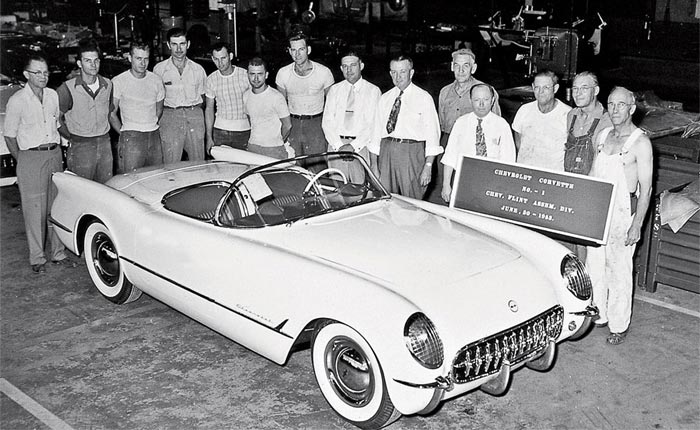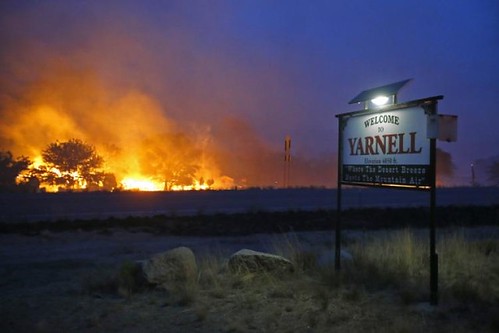French acrobat Charles Blondin crosses Niagara Falls on a tightrope.
Charles Blondin, born as Jean-François Gravelet (1824–1897), was a renowned French acrobat and tightrope walker who achieved worldwide fame for his daring and death-defying feats. One of his most famous and memorable acts was crossing the Niagara Falls on a tightrope.
On June 30, 1859, Blondin made his historic tightrope walk across Niagara Falls, which straddle the border between the United States (New York) and Canada (Ontario). The tightrope was approximately 1,100 feet (335 meters) long and suspended about 160 feet (49 meters) above the raging waters.
Blondin’s first crossing of the Falls was a significant event that drew an enormous crowd of spectators. Estimates suggest that as many as 25,000 people gathered on both sides of the border to witness the daring feat. He used a balancing pole to assist him on the rope and performed various tricks and stunts during his journey.
Over the years, Blondin completed several crossings of the Niagara Falls on the tightrope, each time pushing the boundaries of his performances. He performed blindfolded, on stilts, carrying a man on his back, and even cooked an omelette in the middle of the rope. These extraordinary acts not only demonstrated Blondin’s incredible balance and skill but also captivated audiences and solidified his reputation as a master showman.
Blondin’s crossings of the Niagara Falls on a tightrope made him an international sensation and brought him great fame and fortune. His performances attracted attention from all around the world, and he went on to tour extensively, showcasing his talents in various countries, including the United States, Europe, and Australia.
Throughout his career, Blondin continued to perform daring tightrope walks and entertain audiences with his audacious stunts. He became an inspiration to future generations of acrobats and tightrope walkers, leaving a lasting legacy in the world of circus and daredevilry.
Charles Blondin’s crossings of the Niagara Falls remain iconic moments in the history of acrobatics and spectacle. His courage, skill, and showmanship elevated him to legendary status, and his name is forever associated with this remarkable feat of human achievement.


